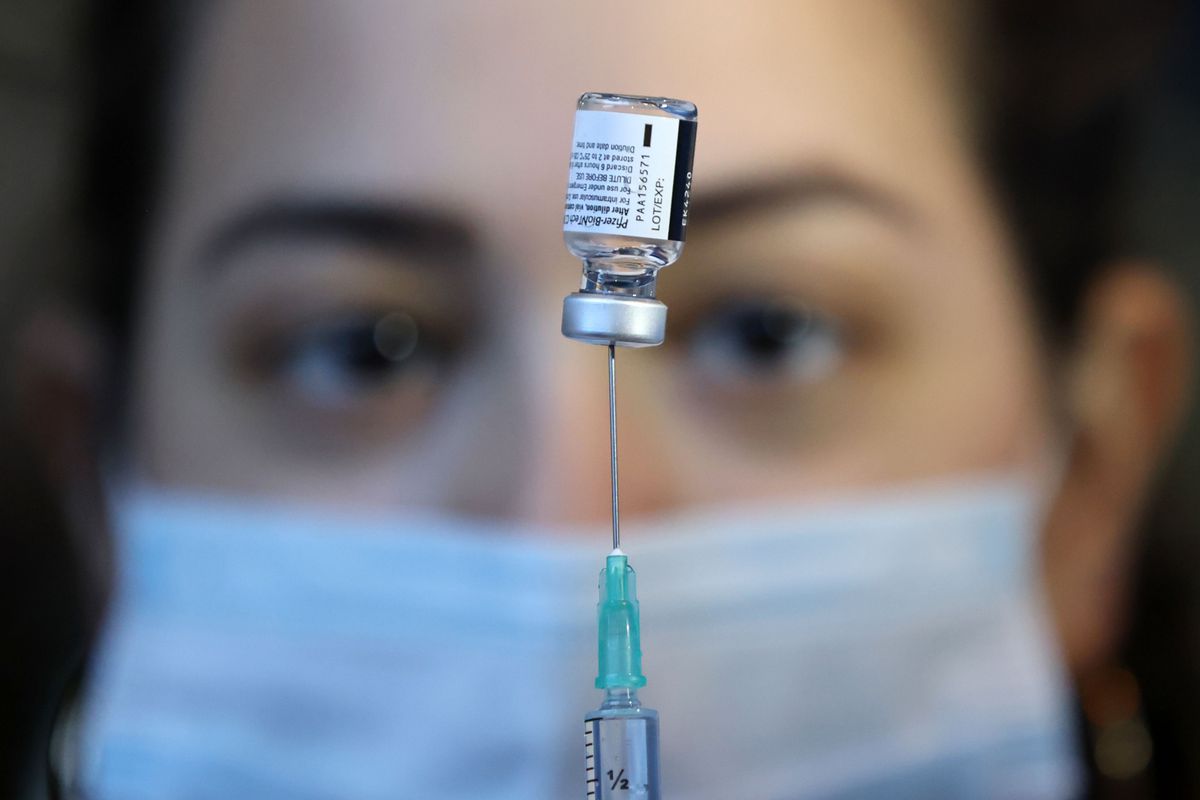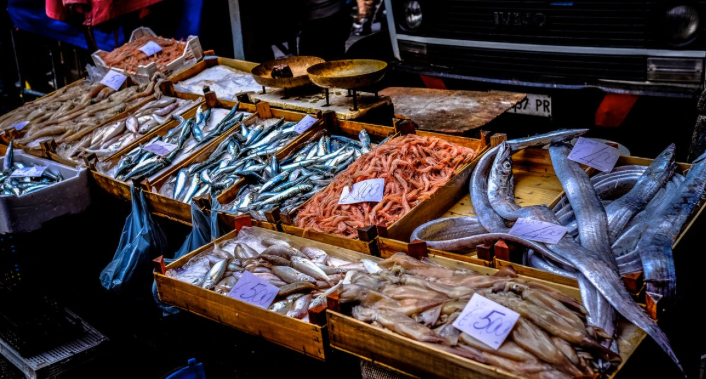Coronavirus: More Terrible Coronavirus Mutation From South Africa Invades Europe

On December 23, the Secretary of Health of the United Kingdom stated that a new mutant coronavirus was found in two cases of infected people in the eastern part of England, which seems to be more diverse than the previous mutant virus. The two cases of infection are related to the recent travel to South Africa, which caused the level of prevention and control in the capital London to rise from the third level to the fourth level. According to the genome sequencing of cases in South Africa, new strains accounted for more than 88% of new cases in South Africa, which has promoted the second wave of new coronavirus pandemics in South Africa. Calculated by time, the high probability has spread to all parts of Europe.
So far, the development of the epidemic has greatly exceeded previous expectations.

- A large number of asymptomatic infections;
- The low-temperature cold-chain transportation spreads, and the virus can spread to all parts of the world at any time;
- The spread of the virus is constantly increasing;
- The virus is constantly mutating, causing the virus currently spreading to be completely different from the initial stage of the epidemic;
- Vaccine development faces important challenges.
What is the difference between the new mutant strain N501Y in South Africa?
- Disposal Protective Clothing for Medical Use
- How does ZeroVirus protect us from virus?
- N95/KN95 Protective Mask with Elastic Ear Loop
- Surgical Mask with Elastic Ear Loop 3 Ply Breathable and Comfortable
- ZeroVirus Space Portable Sterilization Bar
1. The spread of the virus is greatly enhanced
The new mutant strain N501Y seems to have a pair of “eyes”, accurately grasping the “key points” of human prevention and control. In order for the new coronavirus to infect the human body, the S protein on its surface needs to be connected to the ACE2 receptor on the human body. Once this combination occurs, then the new coronavirus can be regarded as the real “connection” with the human body. The area where the new coronavirus establishes contact with the human body is called the “receptor binding domain.”
The problem is that the mutation of the new South African strain N501Y is in this “receptor binding domain”. This mutation makes it easier for the virus to enter the host cell. Broadly speaking, the spread of the virus has increased. At the beginning of October last year, to the end of November, in less than two months, it increased from 0% to more than 90%, becoming the main epidemic strain in several provinces of South Africa. The spread is amazing.
2. The immune escape of the new South African strain, the effectiveness of the vaccine is to be tested.
The new coronavirus is constantly mutating. One type is the sudden change of “strengthening oneself”, which is to expand the communication power. Another type of mutation is more terrifying, that is, mutations that resist the host’s immunity.
This mutation is similar to antibiotic resistance. In patients with immune insufficiency or long-term treatment, the immune system cannot kill the virus in a short period of time. If the epidemic cannot end for a long time, then these two mutations are inevitable. However, the second mutant virus that resists immunity comes earlier than expected. According to the structural analysis, the new strain of South Africa may cause the neutralizing antibody to fail, and the mutation causes a large class of germline VH3-53 to invalidate the neutralizing antibody.
At present, the results announced by several vaccine companies are all effective against the British strain, not talking about the South African strain.
What is the worst result of COVID-19?
The new coronavirus is very likely to evolve like flu, which will break out every year.
This is the worst result, but if the virus spreads for a long time and on a large scale, this situation is likely to occur.
Viruses also follow the natural law of “the weak will feed on the strong, and the fittest will survive.”
So they are constantly evolving and adapting.
“Selective pressure” is a concept in evolutionary ecology, which refers to the pressure imposed by the external environment on the evolution of species, and different pressures lead to evolution in different directions. The virus cannot be completely eliminated by immunity, but in the vaccinated population, the virus will gradually weaken and become mild. In the end, humans and the virus reached a certain degree of compromise, and the new crown flu became.
How can we respond?

-
Scientists all over the world are in close contact to study the direction of virus mutation and make preparations as soon as possible;
-
Promote the establishment of global coordination of epidemic prevention and control;
-
Continue to develop vaccines. At present, the research and development of vaccines is still in its infancy. Although most countries have started vaccination, after the virus has mutated, the vaccine needs to be further upgraded.
-
Vaccination, vaccination can prevent spread to the greatest extent.
-
Strengthen prevention and control. Wearing a mask and washing hands frequently may be things that must be done in the next two years.
What kind of attitude we have to face repeated epidemics is the key.
